
Homemade Hay Feeders. "Hay feeder" is the term normally used to designate a wooden or plastic box in which a square bale of hay is placed. An animal, such as a horse, goat, sheep, cow or alpaca, eats the hay through the open top on the box. In contrast, hay racks are V-shaped with slatted sides or sides made with wood and woven fire. Animals eat hay through the slats or open spaces in the wire. Hay feeders and racks keep hay off the ground, which reduces spoilage and waste. They also help prevent animals from ingesting parasites as they often do when eating off bare ground.
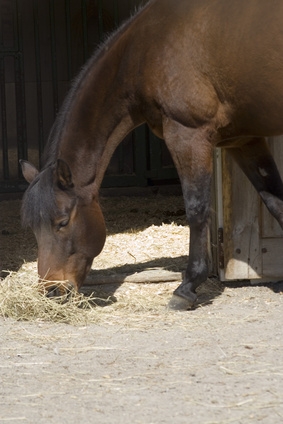
Determine the dimensions of your hay feeder. A workable size is for the inside dimensions to be slightly larger than a square bale of hay. Sizes of square bales vary across the United States, so base this on the size of bales you feed.
Draw the sides and ends of your hay feeding box on a sheet of plywood using a measuring tape, straight edge and marking pencil. Cut the four pieces using a circular saw.
Use a 2-by-4 in each corner of the box on which to nail the plywood pieces. These 2-by-4s should be even with the top of the box and extend below the bottom of the box to a length that matches the distance that you want the feeder off the ground. The height of the feeder above the ground will vary with the type of animal you are feeding.
Connect the corners of the box on the top and bottom with 2-by-4s cut to the correct lengths. Nail 2-by-4 strips around the top edges of the plywood.
Nail 2-by-4 slats across the bottom of the box, leaving approximately three-quarter inch spacings. This allows fragments of hay to fall to the ground, making the box almost self-cleaning.
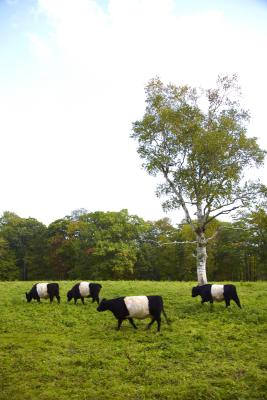 Animals That Graze on Grass
Animals That Graze on Grass
Animals Th
Animals That Graze on Grass
Animals That Graze on Grass
Animals Th
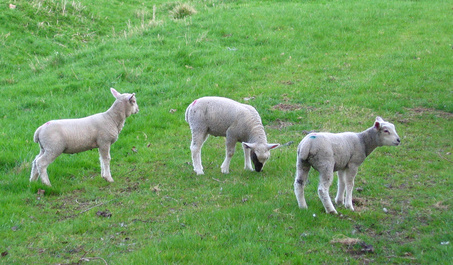 How Can I Make Money With Farm Livestock?
How Can I Make Money With Farm Livestock?
How Can I Make Money With Farm Livestock?
How Can I Make Money With Farm Livestock?
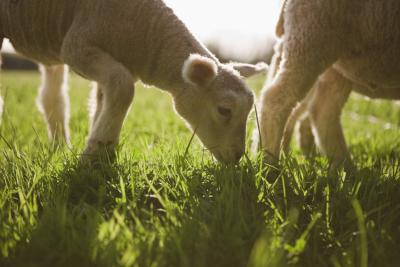 How to Start a Small Sheep Business
How to Start a Small Sheep Business
Ho
How to Start a Small Sheep Business
How to Start a Small Sheep Business
Ho
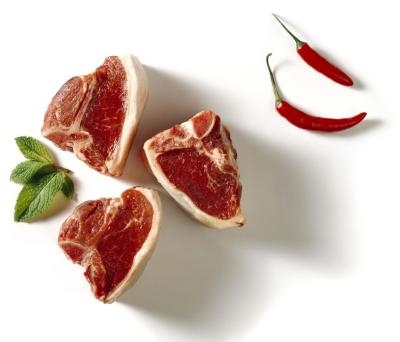 How to Figure Meat on a Lamb
How to Figure Meat on a Lamb
How to Fi
How to Figure Meat on a Lamb
How to Figure Meat on a Lamb
How to Fi
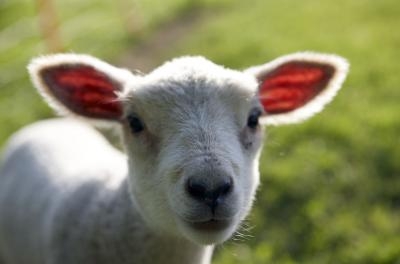 How Much Should I Be Bottle Feeding a Lamb?
How Much Should I Be Bottle Feeding a Lamb?
How Much Should I Be Bottle Feeding a Lamb?
How Much Should I Be Bottle Feeding a Lamb?
Copyright © 2005-2016 Pet Information All Rights Reserved
Contact us: www162date@outlook.com